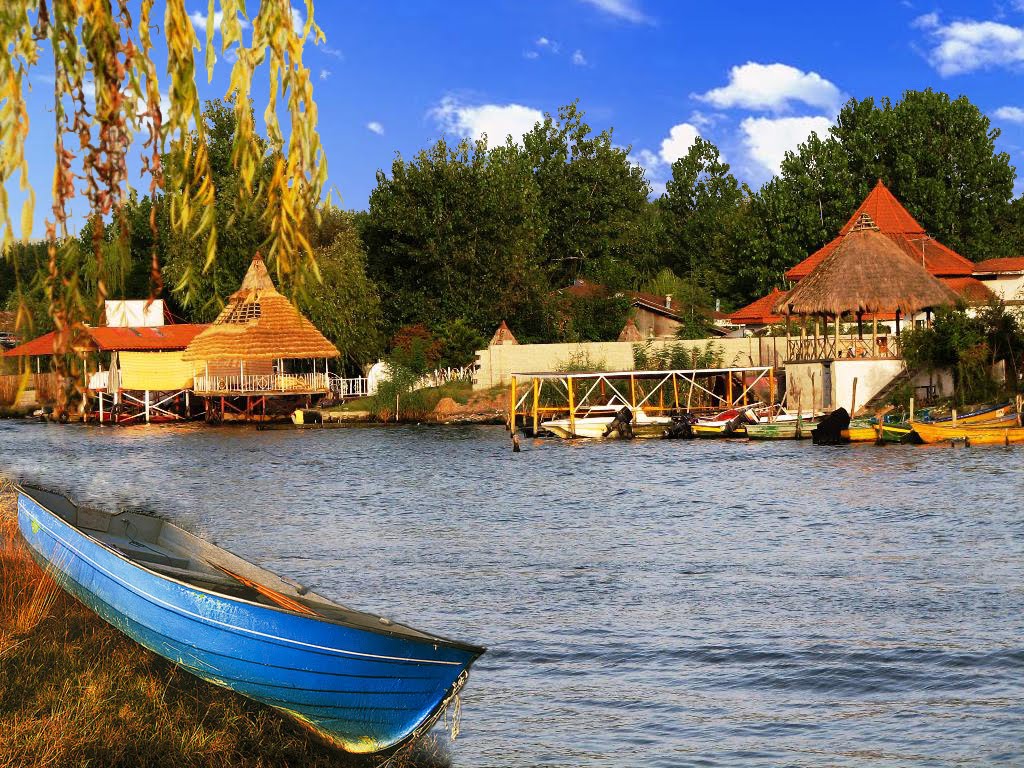The Department of Environment (DoE) is set on making Gilan Province, particularly Anzali Wetland, a successful example of an eco-tourism center, ILNA quoted environment and biodiversity deputy of DoE Ahmad Ali Keikha as saying.
Anzali Wetland
The Anzali Wetland (about 193 sq km) is internationally known as a habitat of migratory birds, located on the southern coast of the Caspian Sea. It was officially registered as a Ramsar site (150 sq km) in June 1975 wetlands of international importance. However, due to range of interferences of human activity, the wetland has been degraded. In 1993 the Anzali Wetland was listed in the Montreux Record, a voluntary mechanism to highlight specific wetland of international importance under the Ramsar convention, but which are facing immediate challenges.
Environmental conditions in the wetland have been degraded due to the direct impact of development, indirect impact of inflow of sewage, wastewater and solid waste, and soil inflow from the upper stream mountainous area.
Under such conditions, Iran asked for Japanese cooperation in carrying out a comprehensive study to help establish a plan for conservation of the Anzali Wetland. In response, the Japan International Cooperation Agency (JICA) implemented “the Study on Integrated Management for Ecosystem Conservation of the Anzali Wetland” between February 2003 and March 2005. The study accomplished the following:
- Development of an integrated master plan for the conservation of the Anzali Wetland;
- Implementation of pilot activities, of some of the prevention measures identified in the master plan;
- Assistance with coordination of overall wetland management.
As a next step, Iran asked the Japanese government to consider technical cooperation for formulation of the wetland conservation mechanism detail framework of zoning that need technical assistance.
Following a year of collaboration between the two governments in 2006, “the Anzali Wetland Ecological Management Project” commenced from November 2007.
Now JICA has enough experience to assist DoE to devise a comprehensive eco-tourism plan within the framework of a sustainable development.
Iran proposed the Ramsar Convention in 1971. The treaty is an international agreement for the conservation and sustainable utilization of wetlands. It seeks to recognize the fundamental ecological functions of wetlands and their economic, cultural, scientific, and recreational value. It is named after the city of Ramsar in Iran, where the Convention was signed.
Keikha asserted that DoE is following up on the activities that promote eco-tourism. Conservation of Anzali Wetland is one of DoE’s top priorities, and fortunately, there is no credit shortage in this regard.
Activities
By the end of the current calendar year (March 20, 2015) JICA will conduct a workshop to train officials of DoE and Iran’s Cultural Heritage, Handicrafts and Tourism Organization (ICHHTO) in eco-tourism.
In the coming spring, a meeting will be convened to compile a national strategic plan for Iran’s eco-tourism. ICHHTO, JICA, United Nations Development Program (UNDP) and eco-tourist companies will participate in the meeting. A JICA representative will oversee the planning and strategic policy-making on eco-tourism of Anzali Wetland. The agency conducts wetland eco-tours for the countries of Ramsar Reginal Center and West Asia.
The result of the eco-touristic activities will be presented in the 12th meeting of the Conference of the Contracting Parties of Ramsar Convention (COP 12). The COP 12 will take place in Punta del Este, Uruguay from June 1 to 9, 2015, the environment and biodiversity deputy of DoE added.


